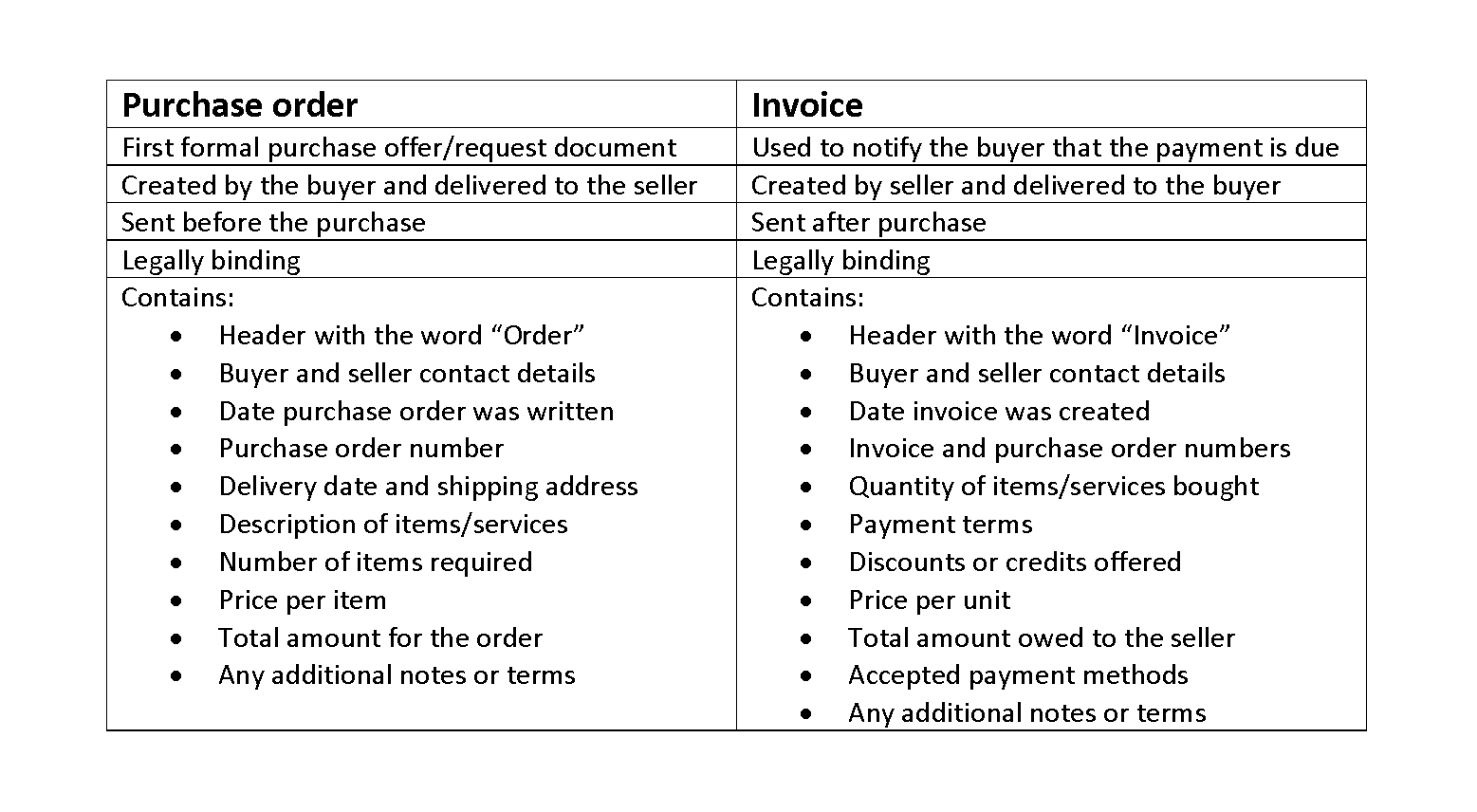Content

Let’s take an example to understand the calculation of the Accounting Equation formula in a better manner. If you’re interested in preparing to pursue a career in accounting, then DeVry can help you get started. Carbon Collective is the first online investment advisor 100% focused on solving climate change. We believe that sustainable investing is not just an important climate solution, but a smart way to invest.

Let’s take a look at certain examples to understand the situation better. The expanded accounting equation shows the relationship between your balance sheet and income statement. Revenue and owner contributions are the two primary sources that create equity.
Liabilities
The reason why the accounting equation is so important is that it is always true – and it forms the basis for all accounting transactions in a double entry system. At a general level, this means that whenever there is a recordable transaction, the choices for recording it all involve keeping the accounting equation in balance. The accounting equation concept is built into all accounting software packages, so that all transactions that do not meet the requirements of the equation are automatically rejected.
Liabilities are amounts of money that the company owes to others. Sometimes, liabilities are called obligations — the company has an obligation to make payments on loans or mortgages, or they risk damage to their credit and business. Assets typically hold https://adprun.net/virtual-accounting-services-for-businesses/ positive economic value and can be liquified (turned into cash) in the future. However, some assets are less liquid than others, making them harder to convert to cash. For example, inventory is very liquid — the company can quickly sell it for money.
Sample Accounting Equation Transactions
Double-entry accounting uses the accounting equation to show the relationship between assets, liabilities, and equity. When you use the accounting equation, you can see if you use business funds for your assets or finance them through debt. The accounting equation is also called the balance sheet equation.
- Let’s take an example to understand the calculation of the Accounting Equation formula in a better manner.
- That is, each entry made on the debit side has a corresponding entry (or coverage) on the credit side.
- Under this system, a change in one account must be matched in another account.
- The accounting balance sheet formula makes sure your balance sheet stays balanced.
It ensures that the balance sheet is balanced and helps you detect possible errors in your recordkeeping. However, it doesn’t provide enough data to determine how well your business is performing. Rather, it provides the foundation to balance your accounts and create financial statements to understand the financial position of your business. Owner’s equity is the amount of money that a company owner has personally invested in the company. The residual value of assets is also what an owner can claim after all the liabilities are paid off if the company has to shut down.
Terms Similar to Accounting Equation
By simply subtracting the costs of goods sold from revenues, you’ll determine your gross profit. Metro Courier, Inc., was organized as a corporation on January 1, the company issued shares (10,000 shares at $3 each) of common stock for $30,000 cash to Ron Chaney, his wife, and their son. Using Apple’s 2022 earnings report, we can Small Business Bookkeeping Services find all the information we need to fill in the accounting equation. Let’s plug this into the equation to see if Ed’s accounts are balanced. Things such as utility bills, land payments, employee salaries, and insurance – those are all examples of liabilities. Paul took $1000 from his savings to contribute to the starting business.
- Accounts receivables list the amounts of money owed to the company by its customers for the sale of its products.
- The accounting equation uses total assets, total liabilities, and total equity in the calculation.
- The total dollar amount of debits and credits always needs to balance.
- This reduces the cash (Asset) account by $29,000 and reduces the accounts payable (Liability) account.
- The three primary components of the balance sheet are assets, liabilities, and stockholders’ equity.
- It is an extended version of the accounting equation showcasing how assets are equal to liabilities plus equity.
The elemental and unchanging concepts that are essential in modern accounting are that a company’s owner or shareholder equity will increase when assets increase. With reduced liabilities, achieved by paying off debt for example, equity is increased. The owner’s equity for Public Limited companies also includes shareholder’s equity plus retained earnings. This may be because such companies issue shares to the general public. Shareholders thus, in fact, are the owners of the company and their equity is in the form of investments in shares. Liabilities include amounts which a company owes to another party.
Tags: